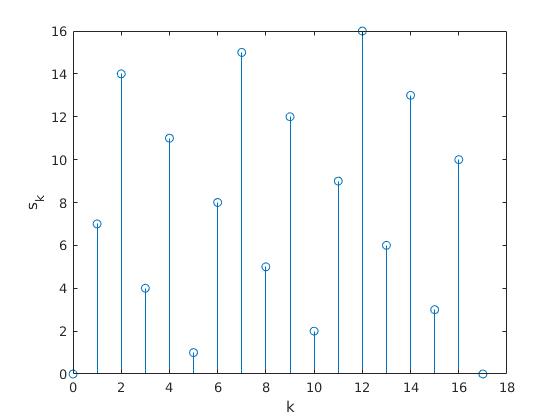The inner product is an operation that measures the similarity between vectors. In a general way, the inner product could be defined as an operation of 2 operands, which are elements of a vector space. The result is a scalar in the set of the complex numbers:
\[ \left \langle \cdot, \cdot \right \rangle : V \times V \rightarrow \mathbb{C} \]
Formal properties
For \(x, y, z \in V\) and \(\alpha \in \mathbb{C}\), the inner product must fulfill the following rules:
To be distributive to vector addition:
\( \left \langle x+y, z \right \rangle = \left \langle x, z \right \rangle + \left \langle y, z \right \rangle \)
Conmutative with conjugate (applies when vectors are complex):
\( \left \langle x,y \right \rangle = \left \langle y, x \right \rangle^* \)
Distributive respect scalar multiplication:
\( \left \langle \alpha x, y \right \rangle = \alpha^* \left \langle x, u \right \rangle \)
\( \left \langle x, \alpha y \right \rangle = \alpha \left \langle x, u \right \rangle \)
The self inner product must be necessarily a real number:
\( \left \langle x, x \right \rangle \geq 0 \)
The self inner product can be zero only when the element is the null element:
\( \left \langle x,x \right \rangle = 0 \Leftrightarrow x = 0 \)
Inner product in \(\mathbb{R}^2 \)
The inner product in \( \mathbb{R}^2\) is defined as follows:
\( \left \langle x, y \right \rangle = x_0 y_0 + x_1 y_1 \)
In self inner product represents the squared norm of the vector:
\( \left \langle x, x \right \rangle = x^2_0 + y^2_0 = \left \| x \right \|^2 \)
Inner product in finite length signals
In this case, the inner product is defined as:
\[ \left \langle x ,y \right \rangle = \sum_{n= 0}^{N-1} x^*[n] y[n] \]

